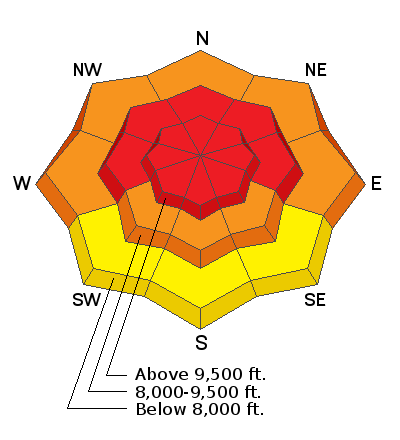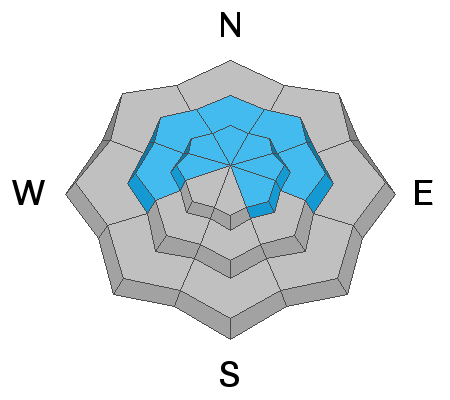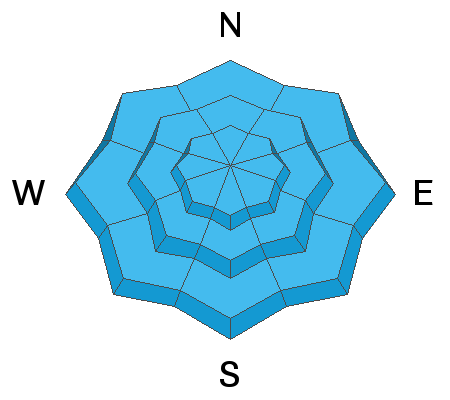Forecast for the Provo Area Mountains

Issued by Nikki Champion on
Monday morning, January 25, 2021
Monday morning, January 25, 2021
The avalanche danger is HIGH on all steep slopes at the upper elevations, where human-triggered slab avalanches are likely. The avalanche danger is also HIGH on mid-elevation steep slopes facing west, through the north, through east. We have very dangerous avalanche conditions. Slab avalanches 1-3 feet deep hundreds of feet wide are likely. These are unsurvivable avalanche conditions.
Natural and human triggered avalanches are likely. Travel in avalanche terrain is not recommended. This includes snowshoeing trails or steep terrain even near parking lots.

Low
Moderate
Considerable
High
Extreme
Learn how to read the forecast here








